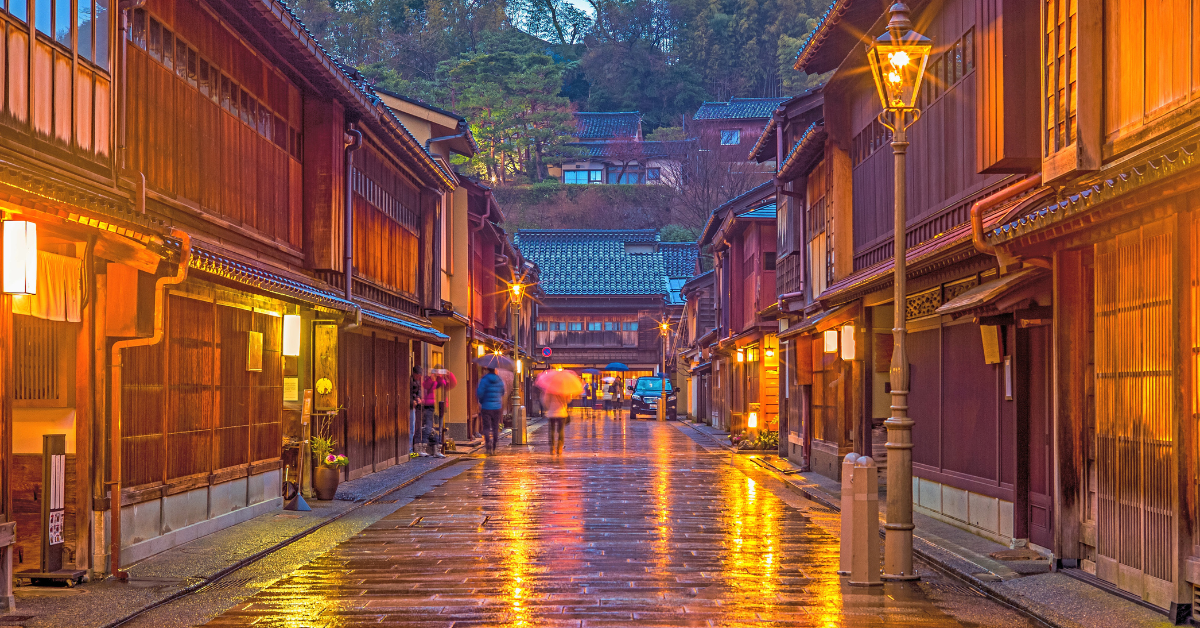Demon Slayer, known as Kimetsu no Yaiba in Japan, is not just an anime—it is a global cultural phenomenon. With its breathtaking visuals, emotional storylines, and unforgettable characters, it captures hearts across generations. Its power lies in how deeply it connects to human values like family, courage, and loss. Whether you’re new to anime or a long-time fan, this story offers more than just action—it offers meaning.
WHAT IS DEMON SLAYER KIMETSU NO YAIBA
Demon Slayer is a Japanese manga series by Koyoharu Gotouge, which began in 2016 and concluded in 2020. The story follows Tanjiro Kamado, a kind young man whose family is massacred by demons. His sister, Nezuko, is transformed into a demon. Determined to save her, Tanjiro becomes a demon slayer, fighting evil while retaining his compassion. The setting is the Taisho period, a time of transition in Japan, blending traditional values with emerging modernity. The world of Demon Slayer combines supernatural folklore with emotional realism. Its ability to portray both action and vulnerability is a key factor in its popularity.
MAIN CHARACTERS AND THEIR SIGNIFICANCE
| Character | Traits | Symbolism |
|---|---|---|
| Tanjiro Kamado | Empathetic, resilient | Moral heart of the story |
| Nezuko Kamado | Silent strength, loyal | Conflict between nature and nurture |
| Zenitsu Agatsuma | Anxious, powerful in sleep | Hidden courage |
| Inosuke Hashibira | Fierce, wild | Instinct and growth |
| Giyu Tomioka | Stoic, observant | Balance and restraint |
| Kanao Tsuyuri | Reserved, evolving | Emotional awakening |
| Muzan Kibutsuji | Cold, calculating | Manifestation of evil and fear |
Each character is carefully crafted to reflect a distinct human emotion or conflict, making them relatable and memorable.
THE STORYLINE AND CORE THEMES
The plot is not only about defeating demons. It deeply explores sorrow, identity, and redemption. Every enemy was once a person with dreams and regrets. These backstories give emotional gravity to the battles. Demon Slayer also touches on grief, trauma, healing, and the weight of responsibility. The story doesn’t glorify violence but instead asks: what does it mean to protect someone? The anime adaptation brought these themes to life through vivid visuals and powerful voice acting, especially during iconic arcs like Mugen Train, which became the highest-grossing film in Japan.
WHY DEMON SLAYER SUCCEEDED GLOBALLY
| Factor | Details |
|---|---|
| Emotional Authenticity | Characters face pain, loss, and growth sincerely |
| Visual Innovation | Bold use of color and motion enhances battles |
| Cultural Identity | Traditional elements make it distinct and rich |
| Music and Sound | Tracks like “Gurenge” add emotional layers |
| Franchise Expansion | Games, merchandise, and cinema broaden appeal |
Its success is not just commercial; it has redefined anime standards and set a benchmark for emotional storytelling.
IMPACT ON CULTURE AND INDUSTRY
Demon Slayer has left a visible mark on modern culture. Its characters appear in advertisements, fashion, and even government campaigns. Tourist sites linked to the story saw a surge in visitors. The series helped reinvigorate interest in manga among younger audiences and boosted global interest in Japanese culture. Schools have used it as material to discuss themes like loss and perseverance. Demon Slayer has become more than entertainment—it is a cultural ambassador.
CHARACTERS’ PERSONAL VALUES
| Character | Inner Value |
|---|---|
| Tanjiro | Compassion and endurance |
| Nezuko | Family loyalty, inner struggle |
| Zenitsu | Growth through fear |
| Inosuke | Self-discovery through others |
| Rengoku | Duty, courage in the face of death |
These characters offer viewers not only thrills but also moral reflection.
ANIMATION AND STUDIO CRAFTSMANSHIP
Studio Ufotable is responsible for animating Demon Slayer. They implemented a blend of traditional Japanese design motifs and digital effects. Their unique depiction of sword techniques, especially water and flame forms, created a visually poetic experience. The use of lighting and motion blur during battles heightens emotional stakes. These animation innovations are now being emulated by other studios. Ufotable’s work proved that anime can rival cinema in visual storytelling.
EMOTIONAL IMPACT OF MAJOR ARCS
| Arc | Emotional Focus |
|---|---|
| Final Selection | Tension and fear of the unknown |
| Mount Natagumo | Brotherhood and personal limits |
| Mugen Train | Loss, sacrifice, spiritual strength |
| Entertainment District | Teamwork, identity, and trauma |
| Swordsmith Village | Self-worth and generational pain |
Each arc builds on the last, deepening our understanding of the characters and emotional continuity.
FAN COMMUNITY AND GLOBAL RECEPTION
Fans worldwide have embraced the series, creating artworks, cosplay, and online discussions. The Demon Slayer community is known for its positive and emotionally engaged environment. Its impact can be seen in streaming numbers, social media trends, and fan events across countries. The relatable themes have helped break language barriers. It’s not just a Japanese success—it is a global narrative of empathy.
FUTURE POTENTIAL AND FRANCHISE GROWTH
While the original manga has ended, the anime continues. New arcs promise to showcase even more emotional intensity and character development. Spin-offs, stage plays, and mobile games are being developed. The franchise is expected to grow for years to come, offering fans additional stories and perspectives from within its universe.
CONCLUSION
Demon Slayer Kimetsu no Yaiba is more than a tale of swords and demons. It is a story about love, grief, survival, and hope. It bridges traditional and modern Japan, blending emotional storytelling with artistic innovation. Its characters serve as mirrors for our own struggles, and its themes speak to the universal human experience. For those seeking meaning through media, Demon Slayer is not just worth watching—it is an experience that stays with you.






